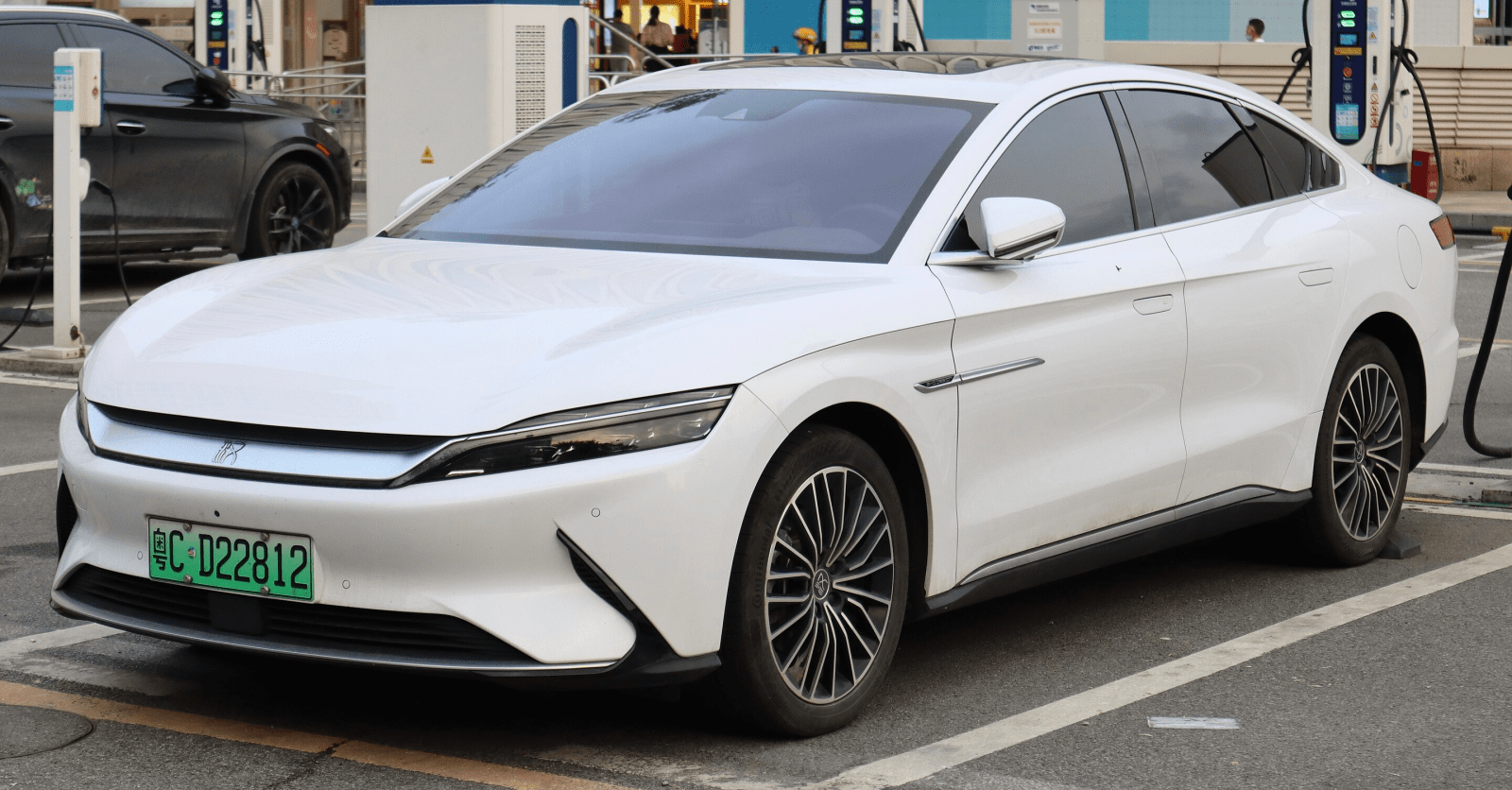
Competition to advance L3 autonomous driving technology is revving up in China, as a fresh batch of automakers is now being allowed to test their self-driving systems on highways and expressways. Among the latest is Chinese vehicle giant BYD, which has joined Mercedes and BMW in receiving permits to test their L3 technology on high-speed roads.
BYD just announced that it has received permits to test vehicles with L3 autonomous driving systems on high-speed roads in Shenzhen. The automaker was first granted a license to do so in China on July 21, which the company said in a statement on its official Weibo account. Reuters reported that, earlier this month, BMW Group also said that it had received a test license for L3 self-driving on highways in Shanghai. Mercedes Benz just announced that it too plans to carry out L3 autonomous testing on designated highways in Beijing.
A pioneer in L3 autonomous driving, Mercedes-Benz recently unveiled its Drive Pilot system in the US and European markets as the world’s first certified SEA Level 3 system, and the only one capable of being deployed in the US. Its Drive Pilot, available for the S Class only, is legally approved for testing in very limited regions, Nevada, California, and Germany with expansion expected soon. In China, the company is now adapting its L3 systems to China’s infrastructure and traffic conditions, where it has been testing on closed roads since 2021. Since then, the research team has been making continuous improvements “by adapting to local road signs and markings and optimizing algorithms,” according to China Daily.
IM Motors, the electric vehicle brand of stated-owned SAIC Motor and e-commerce giant Alibaba, has also applied to the government for product entry of L3 cars, with the company saying its models are among the first to enter the country’s L3 pilot program, according to Reuters. IM Motors announced last week that it too was granted permission to test L3 vehicles on high-speed roads in Shanghai, alongside BMW.
The jump from L2 to L3 is a huge upgrade, with the automakers essentially taking on the responsibility for traffic accidents in place of the driver, which signals a crucial shift from assisted to automated driving. SEA Level 3, known as “conditionally automated driving,” grants drivers the freedom to do other things, while the technology manages most aspects of driving, including watching the road and monitoring traffic situations without human intervention. Human drivers are, of course, required to take the wheel when summoned.
China, the world’s largest vehicle market, has also granted permits to automakers Arcfox and Deepal to test their L3 systems on closed roads in the country.
FTC: We use income earning auto affiliate links. More.
Comments